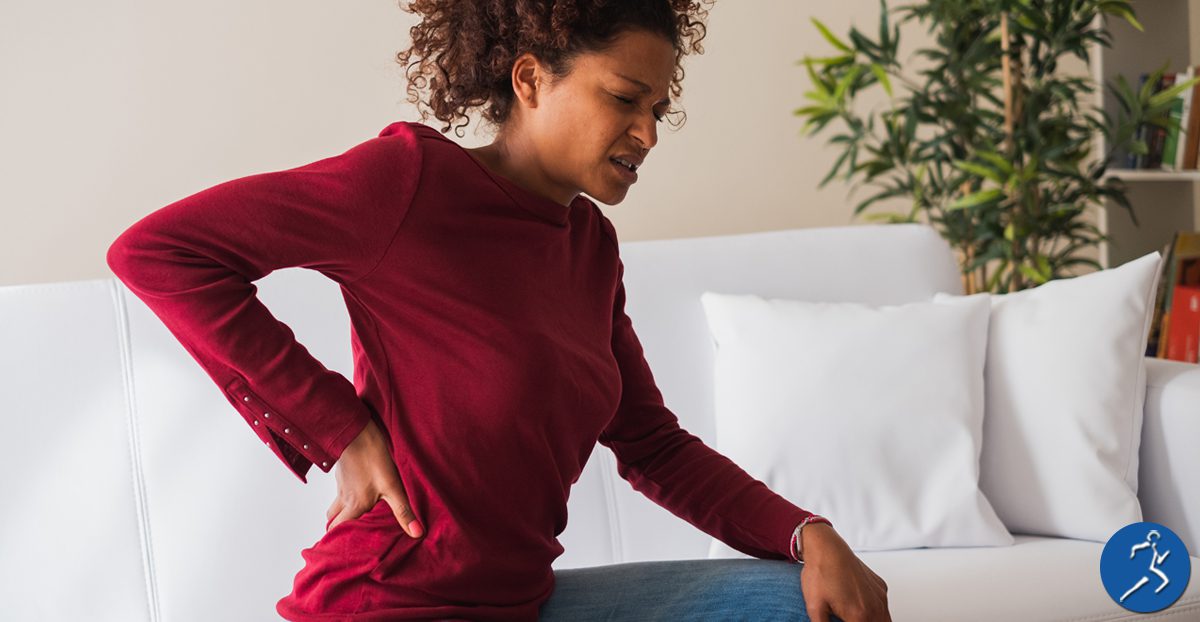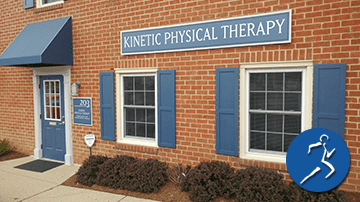 Millions of people suffer from chronic pain and inflammation. Both pain and inflammation can stem from various causes. And, they can both lead to other health problems. But some remedies can reduce and even treat your pain and inflammation altogether. With the incorporation of physical therapy, you can experience restored strength, mobility, pain relief, or even treatment.
Millions of people suffer from chronic pain and inflammation. Both pain and inflammation can stem from various causes. And, they can both lead to other health problems. But some remedies can reduce and even treat your pain and inflammation altogether. With the incorporation of physical therapy, you can experience restored strength, mobility, pain relief, or even treatment.
Chronic Pain and Inflammation Defined
Inflammation and Pain
Inflammation is a defense mechanism within the body. The immune system identifies and removes potentially damaging or foreign stimuli. Essentially protecting the body from harm. Pain is an indication that something may be wrong. Sometimes it can feel like a prick, sting, burn, tingle, or ache. Also, the pain can be sharp or dull. Both inflammation and pain can be either chronic or acute.
Chronic vs. Acute
Chronic inflammation is considered a long-term inflammation. Typically present months or even years. On the other hand, acute inflammation is usually short-term inflammation. Often due to a tissue injury.
The chronic pain signals, similar to chronic inflammation, can also stay active in the nervous system for long periods. Usually, we consider pain to be chronic after three to six months. Acute pain is what you experience after you get injured or when something within your body goes awry.
Both chronic inflammation and chronic pain can have several different causes.
What are the Causes?
Chronic Inflammation Causes
Causes include:
- The failure to eliminate the stimuli causing inflammation (e.g., infectious fungi or parasites)
- Long-term exposure to foreign bodies or irritants, such as industrial chemicals or polluted air
- An autoimmune disorder, which occurs when your immune system incorrectly attacks healthy tissue (e.g., rheumatoid arthritis)
- A deficiency in the cells whose role is to mediate inflammation, such as auto-inflammatory disorders
- Untreated acute inflammation (e.g., infection or injury) Please note that chronic inflammation can be independent of acute inflammation (e.g.,
tuberculosis)
Chronic inflammation can lead to other diseases, such as stroke, heart disorders, cancer, and diabetes.
Chronic Pain Causes
While acute pain can become chronic pain, that’s not always a primary cause. Causes of chronic pain include:
- Arthritis
- Lupus
- Multiple sclerosis
- Cancer
- Fibromyalgia
- Nerve compression
- Migraines
- Neuropathy
- Joint dysfunction
- Autoimmune or inflammatory conditions
Treating Chronic Pain and Inflammation
To relieve or treat chronic inflammation and pain, medical providers may utilize:
- Nonsteroidal anti-inflammatory drugs (NSAIDs)
- Other medications
- Steroids
- Supplements
- A healthy diet plan
- Therapies, to include physical therapy
Physical Therapy and Reducing Pain and Inflammation
Physical therapy aims to decrease pain while improving mental and physical functioning. It can be an effective way to treat or relieve chronic inflammation and pain. First, we’ll evaluate you to discuss your condition. Then, together, you’ll develop attainable, personalized physical therapy goals to address pain relief. Helping you increased range of motion, improved strength, and increased functional mobility.
Physical Therapy Methods
Exercise
Exercise should be the primary Physical Therapy method utilized, and it can help improve strength and mobility.
Ultrasound
Ultrasound is a deep heating modality that improves circulation and blood flow. Please note that ultrasounds have yet to be a proven, effective treatment for chronic pain and inflammation and should be supplementary.
Transcutaneous electrical nerve stimulation (TENS) and Electrical Stimulation
We use TENS and electrical stimulation to reduce pain signals.
Massage
Massages improve muscular blood flow to decrease pain and relieve tightness.
Heat or Ice
We apply heat or ice to reduce pain and inflammation. Please note that heat and ice have yet to be proven effective treatments for chronic pain and inflammation and should be supplementary.
Pain Neuroscience Education
Educating patients about their pain and its causes can positively influence their recovery.
Manual Therapies
Utilizing hands instead of tools or machinery to put pressure on muscle tissue and manipulate joints can relieve pain.
Stretching and Motion Exercises
Stretching and motion exercises can increase muscle flexibility. Including the range of motion of joints. They also warm the body up before exercises and can prevent injury and muscle soreness.
Chronic pain and inflammation can be troublesome for its sufferers and lead to other health issues. But simple treatment steps, including a physical therapy plan, can help. Physical therapy can support you in achieving your goals, reducing pain, or even treating your pain and inflammation.
Are you suffering from chronic pain or inflammation? At Kinetic Physical Therapy, we would love to help you on your road to relief and recovery. Please click here to schedule a consultation!


